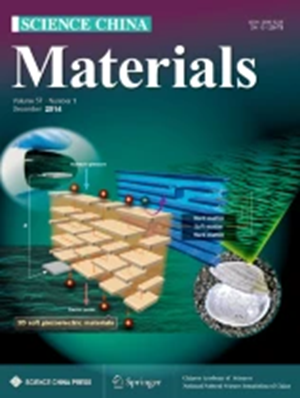Broad-absorbing materials for photodetectors
Abstract
Broad-absorbing materials, characterized by their tunable absorption across the ultraviolet to mid-infrared spectral regions, have emerged as a crucial class of optoelectronic materials. Significant advances have been achieved in organic and inorganic materials; however, current enhancement strategies remain largely platform-specific and are not guided by a unified physical framework. To address this gap, this review introduces a three-factor physical model grounded in the theory of transition probability, thereby providing a consistent theoretical basis for understanding how electronic transitions are modulated across orbital, vibrational, and spin dimensions. Structure-mechanism-performance relationships are systematically examined in classic material platforms. In addition, the contributions of external-field enhancement mechanisms, such as plasmonic resonance, to spectral broadening and local-field enhancement are discussed. Based on clear mechanistic insight and targeted materials design, recent advances in integrating broad-absorbing materials into broadband photodetectors are highlighted, emphasizing their practical relevance. The review examines the three core challenges and mechanism-driven design strategies for high-performance broadband optoelectronic systems, providing an instructive outlook for future advancements.

 求助内容:
求助内容: 应助结果提醒方式:
应助结果提醒方式:


